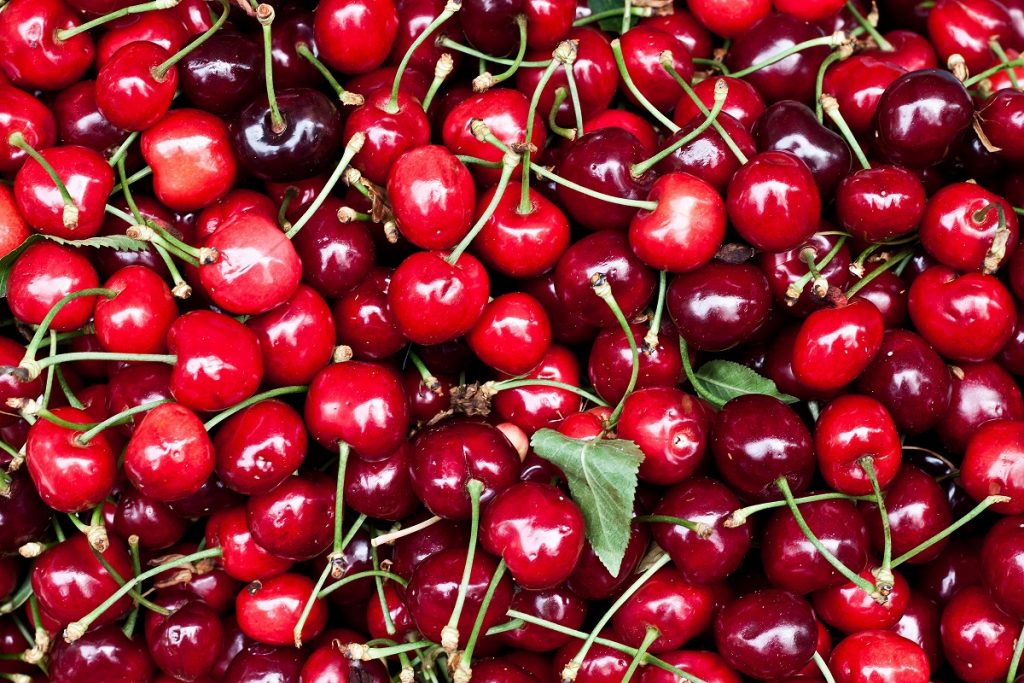Australian cherries see "another year of contrasts"

Cherry Growers Australia says that the recently finished 2019-20 campaign has "been another season of contrasts".
The group's president Tom Eastlake said these have not just in the varying weather conditions, but also how this season contrasted with the previous one.
"The crop and overall export looks to be significantly down this year and while reports of favorable prices abounded for much of the season, I’m fully aware of how this doesn’t always offset the reduced yields that some of us have seen," he said.
"It’s been another challenging year for sure."
Eastlake added that it has been pleasing to see exports remain "strong", even in a lower crop year.
"It is the support of our export markets which allows our domestic market to flourish and supports our aspirations for improvements to our market access and the opening of new markets," he said.
"It is only in demonstrating our willingness to support export markets that we are able to maintain our negotiation positions in foreign markets."
This season also saw Australia achieve a new fumigation treatment protocol for exports to South Korea.
"This is a great result and while it was not formally put in place to allow trade in time for the 2019/2020 season, the achievement of a new fumigation protocol for Australian cherries to South Korea is another success industry has been able to deliver off the back of the market access protocols signed for Vietnam and China in the last few years," Eastlake said.
More detail of this protocol is to come, but he emphasized it is a "great result".
Australian cherry stats
As of Feb. 10, 4,394 metric tons (MT) of cherries had been exported to 37 countries. By the end of February last year, 5,003MT had been exported.
At the end of the season, export volumes are expected to be down slightly on the previous year due to lower production and excellent domestic prices.
The majority of exports this season have gone to China, Southeast Asia and the Middle East. Exports from the mainland have concluded and Tasmania will finish shortly.
One-third of product was destined for mainland China and with a further 13% to Hong Kong to give a combined total of 47% to China. This is similar to the previous year (50%) at the end of the season despite a 20% reduction in production year-on-year.









































